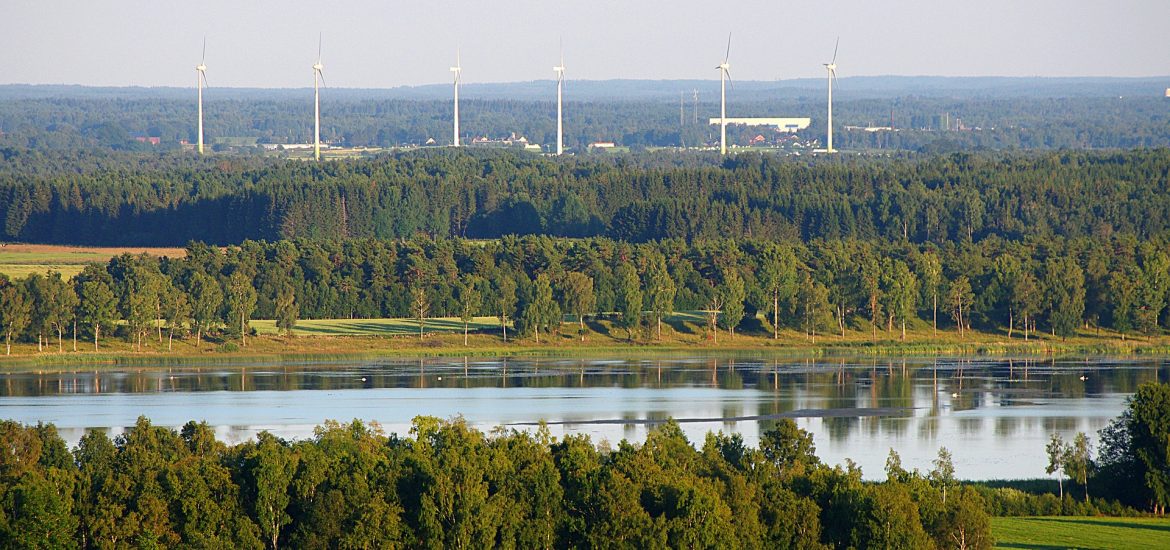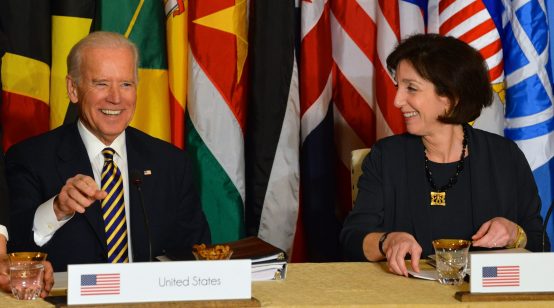
On February 17, Mexico became the first Latin American member of the International Energy Agency (IEA), whose members consume over 70% of global energy. As the 15th largest economy and 12th largest oil producer, Mexico bridges developed and developing worlds and oil producers and consumers. Mexico also becomes an ideal candidate for the IEA’s newest initiative, the €30 million Clean Energy Transitions Programme (CET).
Launched in November 2017, the CET seeks to “more fully leverage IEA members’ clean energy commitment and the IEA’s unparalleled, across-the-board energy expertise to better support and help accelerate global clean energy transitions, particularly in major emerging economies.” In a podcast hosted by the Center for Strategic and International Studies (CSIS), a U.S. think tank, David Turk, the Acting Director of the IEA’s Directorate of Sustainability, Technology and Outlooks, expanded on the program. Turk identified five areas the CET will focus on enhancing: a) global clean energy data amalgamation and deployment, b) energy efficiency, c) integration of renewables into national and regional energy regimes, d) policy and modeling capabilities, and e) technology and innovation.
This is an exciting initiative that elevates the IEA into a global clean energy hub. It also signals greater unity among countries including the EU and China that seek to expand the use of renewable energies. The CET merges the technical expertise and experience of IEA member countries with the technology, investment, and growing energy markets of its Association and Partners countries – Brazil, China, India, Indonesia, Mexico, South Africa, and others. Participants will garner long-term commercial and strategic advantages, while Russia, OPEC countries, and U.S. oil and gas companies will seek to prolong the use of hydrocarbons, reaping short-term profits.
Which IEA members care about clean energy?
By funding the CET, IEA member countries are betting on the future of clean energy. The majority of funding comes from Western Europe – the United Kingdom, Germany, and Sweden account for over two-thirds of the contributions. The European Commission, Denmark, Switzerland, and Canada are other noteworthy sponsors. Sweden is particularly interesting for punching above its weight in its commitment and in its actions on energy. Through hydropower and wind, Sweden generates 52% of its power from renewables, the highest level in the EU.
The IEA member countries most notably absent in funding the CET are Norway and the United States. Norway may appear surprising, as it generates 98% of its electricity from non-fossil fuel sources. Yet 96% of this comes from hydropower, and large dam projects are not the focus of clean energy transitions. We could also argue that Norway is a major oil and gas producer, whose revenues are central to its fiscal wealth, and will therefore not actively work against hydrocarbons. Meanwhile, the Trump Administration, as we have sadly come to realize, has no interest in advancing renewables, and harbors a deep distrust of multinational initiatives in general.
Corralling China’s carbon
The IEA focused on China in the 2017 World Energy Outlook, its flagship publication. It became an IEA Associated country in 2015 – a designation that stops short of being a full member like Mexico, but permits Beijing to benefit from the IEA’s expertise. China leads the world in investing in and manufacturing affordable technologies for renewables and has the most to potentially gain from this cooperation. It is therefore unsurprising that China is a major focus of the CET.
Turk identified two areas in which the CET will apply its policy and modeling expertise in China. The first is in its courageous decision to implement an emissions-trading scheme (ETS) this year. Putting a price on carbon signals companies and manufacturers to plan for the future by reducing their carbon footprint. The second is in helping China model its energy future to 2050. China is the world’s largest emitter of carbon dioxide, nearly twice the amount as the United States, and accounts for 30% of global emissions. It is difficult to understate how critical corralling China’s carbon is for reversing global warming. The transition away from oil in the transportation sector, through electric vehicles, ships, or planes represents but a drop in the pail compared to transitioning the world away from coal-fired power generation. Coal created 72% of energy-related CO2 emissions in 2014/5, according to the World Bank, while natural gas was responsible for 21%, and oil for 7%.
What about carbon capture and storage?
The major component missing from the CET is a focus on carbon capture and storage (CCS). CCS technology and policy remain admittedly in their infancy, but could mitigate the damage of carbon emissions and aid clean energy transitions by allowing countries to use coal and gas as a bridge to renewables. This would also help to mute the different interests of those who champion renewables and those who champion hydrocarbons. The United States, for instance, is greatly interested in CCS.
The IEA is by no means ignoring CCS. It held a global summit on the topic with U.S. Secretary of Energy Rick Perry in November 2017. Helping China launch its emission-trading scheme efficiently and economically, however, makes a global price on carbon more attainable. This, in turn, would greatly incentivize CCS. The cart is before the horse.
The IEA’s Clean Energy Transitions Programme is a good start. It uses a global strategy to solve a global problem. We should all wish it luck.





